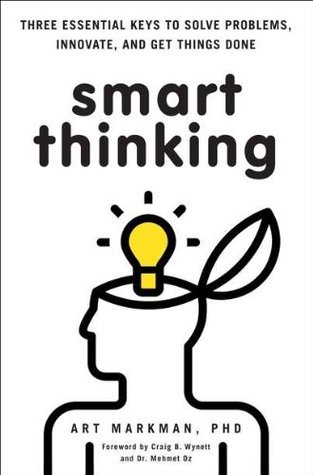
Good Strategy Bad Strategy: The Difference and Why It Matters
Book Description
What if the key to thriving in a chaotic world lies not in grand dreams, but in ruthless clarity? In "Good Strategy Bad Strategy," Richard P. Rumelt unravels the stark differences between effective and ineffective approaches that can make or break organizations. He dissects renowned failures and successes, peeling back layers to reveal the essence of true strategic thinking. With real-world examples that pulse with urgency, Rumelt illuminates how clear, coherent strategies can empower leaders to navigate uncertainty and seize opportunities. Are you ready to redefine your understanding of what makes a strategy not just good, but exceptional?
Quick Book Summary
"Good Strategy Bad Strategy" by Richard P. Rumelt is a rigorous exploration into what separates effective strategic thinking from empty rhetoric in the business world. Rumelt argues that good strategy is not about grand visions or buzzwords, but about recognizing critical issues, making tough choices, and creating coherent action plans. Using numerous real-world examples, he shows how many organizations confuse ambition or goal-setting with genuine strategy, often resulting in failure or mediocrity. True strategy, he insists, involves clear diagnosis, focused guiding policies, and coordinated actions that cut through complexity. This book is a practical guide, challenging leaders to discard bad strategy in favor of insightful, actionable approaches that foster resilience, adaptability, and sustainable success.
Summary of Key Ideas
Table of Contents
Clarifying the Difference Between Good and Bad Strategy
Rumelt begins by demystifying what strategy truly means and highlighting how it is so often misunderstood. He stresses that good strategy identifies decisive opportunities and is pragmatic, not aspirational. Many organizations, he warns, substitute high-sounding goals and inspirational slogans for real strategy, falling into what he calls the trap of bad strategy. This misstep leads to wasted resources, lack of direction, and ultimately, underperformance. Rumelt’s analysis underscores that wishing for success is not the same as crafting a roadmap to achieve it.
The Kernel: Diagnosis, Guiding Policy, and Coherent Action
At the heart of Rumelt’s concept of good strategy is what he calls “the kernel”—a three-part structure consisting of diagnosis, guiding policy, and coherent action. The diagnosis accurately defines the problem or challenge, the guiding policy sets out a general approach or direction, and coherent actions represent coordinated steps designed to overcome obstacles. Each component is essential; without a clear diagnosis or logical actions, organizations risk confusion and drift. Rumelt illustrates this with numerous business and military cases, showing how the kernel drives effective strategy.
The Hazard of Fluff and Template-Driven Strategy
Rumelt warns against the dangers of ‘fluff’—the use of grandiose language and generic statements that masquerade as strategy but lack substance. Many strategic plans are nothing more than collections of buzzwords, vague priorities, or template-driven visions. Such “bad strategy” ignores critical issues and avoids making difficult choices, leading to mediocrity. Rumelt urges leaders to resist these traps by rigorously questioning assumptions, identifying real challenges, and grounding their strategies in reality, not wishful thinking.
Leveraging Leverage Points and Pivoting on Critical Issues
An outstanding strategy, Rumelt argues, identifies leverage points—critical areas where focused effort can generate outsized impact. Good strategists concentrate resources and attention on these pivot points, rather than spreading effort too thin. This may require saying no to attractive but distracting opportunities or confronting uncomfortable truths. The discipline to focus on what truly matters is what separates exceptional leaders from the merely competent, and Rumelt spotlights companies and historical figures who succeeded through this approach.
The Role of Focus and Choice in Effective Strategy
The book concludes by challenging leaders to embrace the courage to choose and the discipline to focus. Rumelt posits that strategic success stems from making hard choices, concentrating on vital issues, and executing with coherence. He advocates a continual process of analysis, learning, and adaptation, as the business environment is constantly evolving. By stripping away fluff, clarifying core challenges, and acting decisively, organizations can develop resilient strategies that deliver lasting advantage and growth.
Download This Summary
Get a free PDF of this summary instantly — no email required.





